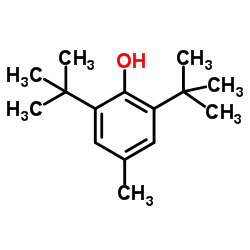| Structure | Name/CAS No. | Articles |
|---|---|---|
 |
3,5-Dibromo-4-hydroxybenzaldehyde
CAS:2973-77-5 |
|
 |
Butylated hydroxytoluene
CAS:128-37-0 |